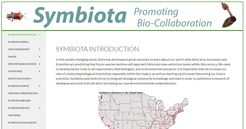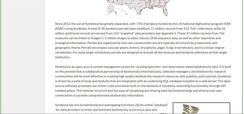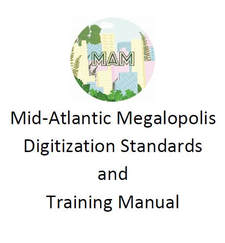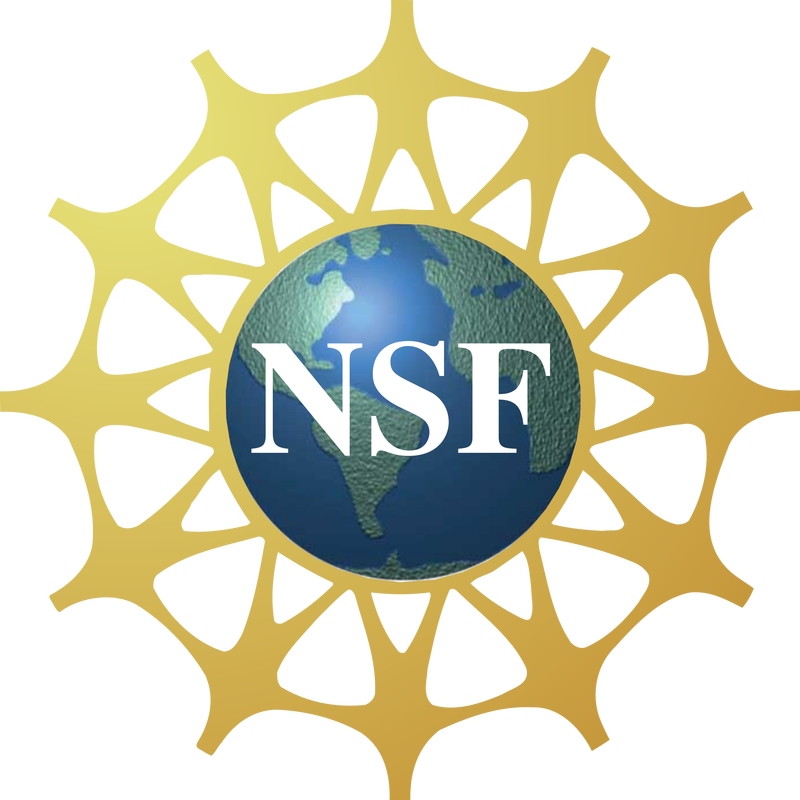Data Portal Tutorials
|
The CCH2 data portal utilizes the open source software Symbiota to manage and mobilize specimen data. Resources for using Symbiota portals can be found below:
|
CCH2 Data Portal Handbook
|
This guide was developed to instruct users of the CCH2 Portal, the Symbiota instance used by the California Phenology TCN, in basic use of the portal and its many available tools.
|
CCH2 Data Portal Lunch Breaks
|
CCH2 Data Portal Lunch Breaks were a series of 30 minute demonstrations of tools in CCH2. Recordings of past Lunch Break meetings are listed below.
CCH2 Data Portal Lunch Breaks have been discontinued. Check out the Symbiota Support Hub's monthly "Symbiota Support Group" meeting for training, help, and resources for using the CCH2 portal.
|
|
September 8, 2021
Taxonomic Cleaning Tool October 6, 2021
Label Customization and Printing November 3, 2021
Annotations, Determinations, and Nomenclatural Changes December 1, 2021
Making and Editing Checklists January 5, 2022
Understanding the Images Tab & Tools February 2, 2022
Linked Resources Tab March 2, 2022
Dealing with Duplicates April 6, 2022
CCH2 Help and Resources / The Symbiota Support Hub May 4, 2022
The Collaborative Georeferencing Tool in CCH2 June 1, 2022
Creating and Curating Custom Datasets July 6, 2022
Loan Management in CCH2 August 3, 2022
Downloading/Extracting Data from your Collection |
Other useful tutorials for the CCH2 portal
|
Symbiota Training VideosShort introductory videos on navigating the Symbiota portal and editing administrative permissions can be found on the LepNet website. Note that these tutorials are conducted on the SCAN portal, but the same general principles apply to any Symbiota portal.
|
Other Symbiota InstructionsHelpful instructions on using a Symbiota portal are included in the Mid-Atlantic Megalopolis (MAM) Thematic Collections Network Training Manual, but note that our workflow and portal differ from MAM's. Much of the CAP TCN portal guide was adapted from this manual.
|
Uploading Data from a CSV FileExample instructions on how to upload a comma-separated value (.csv) file containing specimen data can be found on the Microfungi Collections Consortium website.
|





